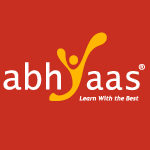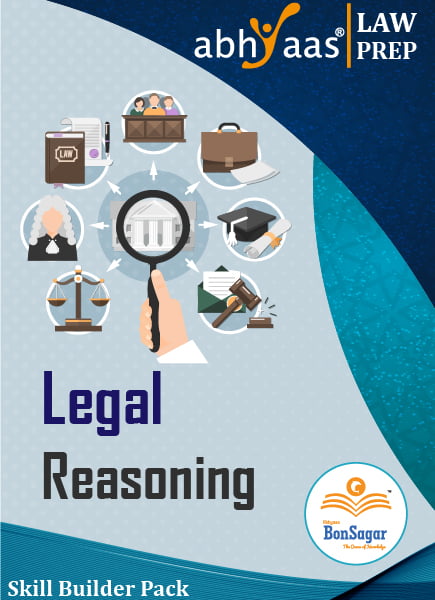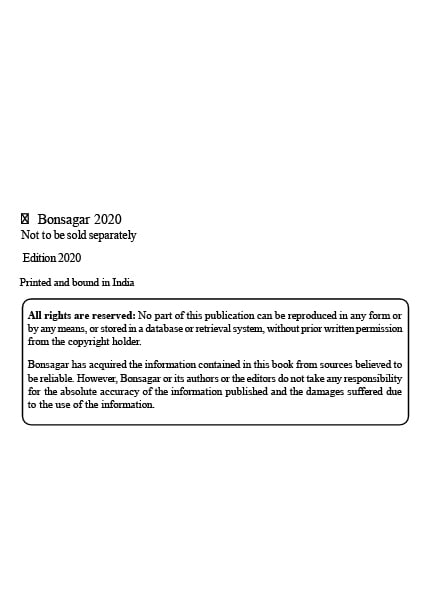IELTS READING MATCHING NOUNS WITH THE INFORMATION WITH EXAMPLES
Put this inquiry last. You will get more familiar with the material if you answer other questions first, which will make it easier for you to swiftly and accurately recognise the proper information.
Attempt to identify people, locations, and numbers in the questions. In the text, they are frequently simpler to locate.
Consider the possibility of synonyms. In the question, it may state “34%,” but in the text, it might say “just over a third” or “about a third.”
The IELTS Reading exam evaluates a candidate’s capacity for understanding and gleaning knowledge from a range of written materials. Matching nouns with the facts is one of the more difficult question types in this section. Examinees must match a list of nouns or noun phrases from the questions with the pertinent details given in the reading in order to correctly answer these questions. In order to help you succeed in matching nouns with information on the IELTS Reading test, this article provides you a thorough grasp of this question type in addition to methods and examples.
Understanding the Question Format:
Questions that ask students to match nouns with facts typically take the shape of a table or a list. The table or list has rows with information from the passage and column headers that indicate the nouns or noun phrases. Test takers must match the appropriate word or noun phrase with the relevant paragraph information.
Find Key Nouns:
Read the questions carefully and highlight any key nouns or noun phrases. You must search the text for information that corresponds to these words or phrases. Pay attention to any special information or keywords connected to the nouns that may help you find the necessary data.
Skim the Passage:
Before attempting to match the nouns with the material, rapidly peruse the section to acquire a sense of its main theme, structure, and organisation. You can become more familiar with the text and find certain parts or paragraphs that are likely to include the information you need by skimming.
Utilise the Scanning strategy:
After identifying the important nouns or noun phrases and skimming the paragraph, utilise the scanning strategy to find the details associated with each noun. Swiftly skim the text, paying attention to any keywords or synonyms of the nouns you are trying to match. Look for words or concepts that are similar to the information in the questions.
Pay Attention to Signal Words:
The passage’s signal words or phrases might direct you to the pertinent information. Frequently, these terms denote the presence of the corresponding noun or noun phrase. Names, dates, numbers, particular terminology, or phrases that point to a change in the topic or the emphasis of the section are a few examples of signal words. Keep your eyes out for these indicators as you scan the passage.
Recognise Synonyms and Paraphrasing:
The passage and the questions’ nouns or noun phrases might not be exactly the same on the IELTS Reading exam. Synonyms or paraphrases are frequently employed in their place. Therefore, to correctly match the nouns with the matching verbs, it’s imperative to strengthen your capacity to recognise synonyms and comprehend paraphrased sentences.
Analyse Sentence Structure:
Pay close attention to how the sentences are put together in the passage and the questions. Sometimes, the questions’ sentence structures might offer hints regarding the passage’s sentence structure. By comprehending the grammatical structure and connection between the noun and the information given, might help you recognise the information that goes with it.
Elimination strategy:
Use the elimination strategy if you are doubtful of a particular match. Options that obviously do not fit the details in the paragraph should be crossed out. Your options will be more limited, increasing the likelihood that you will choose the right match for each term.
Example:
Let’s consider an example to illustrate the process of matching nouns with information:
Question:
Match the following nouns with the appropriate information in the passage:
Nouns:
Fossil fuels
Renewable energy sources
Greenhouse gases
Climate change
Information from the Passage:
a. The burning of _____ is a major contributor to _____.
b. _____ offer an alternative to _____ and help mitigate _____.
c. The increase in _____ has led to _____ and a rise in global temperatures.
d. Efforts to reduce _____ are crucial in addressing _____.
Matching:
Fossil fuels – a
Renewable energy sources – b
Greenhouse gases – c
Climate change – d
In this example, we match “fossil fuels” with “the burning of” in option a, “renewable energy sources” with “offer an alternative to” in option b, “greenhouse gases” with “the increase in” in option c, and “climate change” with “efforts to reduce” in option d.
- The need that you read the entire book presents the largest challenge. It takes time because the solutions are not sequential and might be found anywhere in the text.
- Additionally, the responses could not sum up each paragraph’s core theme. Reading the opening and last lines of a paragraph might help you comprehend the major idea of the paragraph, which is usually the case with paragraphs. These questions are difficult to answer quickly since the solution might be found anywhere in the paragraph.
- There is also a tonne of information that needs to be more relevant and should be taken into account. You may disregard much of this unimportant information by using the following method.
Conclusion:
It might be difficult to match nouns with information questions on the IELTS Reading test, but with the appropriate tactics and practice, you can become better at it. To correctly match nouns with information, it helps to comprehend the format of the question, recognise important nouns, skim the passage, apply the scanning strategy, pay attention to signal words, examines sentence structure, and use the elimination technique. You may improve your ability to extract pertinent information and earn a high score on the IELTS Reading test by using these tactics and practising with sample questions.





 Book your Admission for CLAT 2018 Crash Course
Book your Admission for CLAT 2018 Crash Course